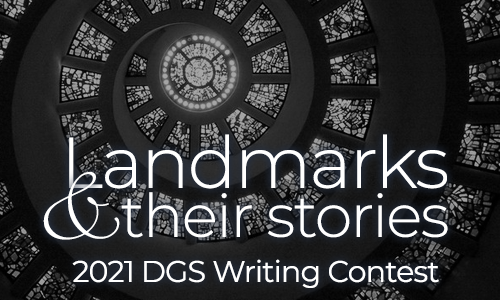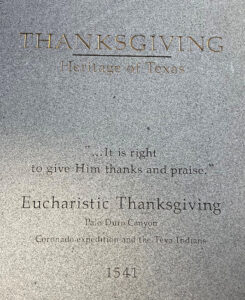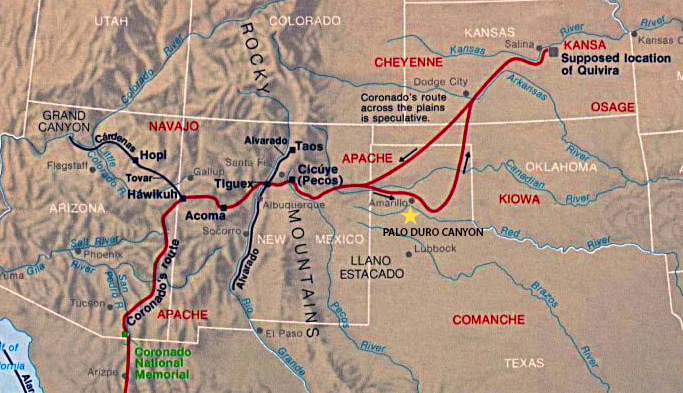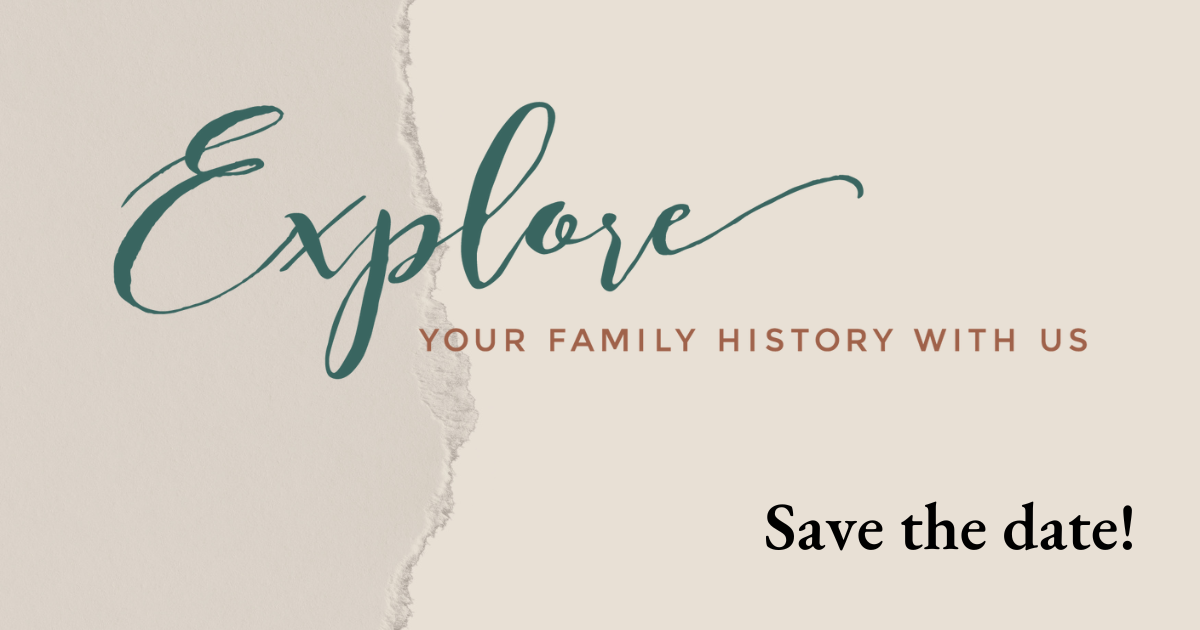Giving Thanks in Dallas

by Gustavo Hinojosa, President of HOGAR de Dallas
DGS 2021 Writing Contest Submission
Several years ago when I worked downtown, during one lunchtime walk, I encountered a peaceful oasis nestled in the middle of the business district hustle and bustle. My new discovery was bordered on the west by Bryan Street, Pacific Avenue on the south and N. Ervay on the east, and provided a much-welcomed green space of tranquility.

Thanksgiving Square, ironically named as it is actually a triangularly shaped plot, had its genesis in 1964 when four businessmen wanted the City of Dallas to be known “not only for its worldly aspirations and economic accomplishments, but also for the enduring heart of its citizens.” Soon thereafter, The Thanks-Giving Foundation was started to create a public space in the center of Dallas dedicated to God and to the universal and ancient tradition of gratitude.
Partnering with the City of Dallas, construction began in 1973 and the Square was dedicated in 1976. President Gerald Ford recognized the Thanks-Giving Square as a major national shrine. Today, Thanks-Giving Square continues to serve as a common ground where those of all cultures and religions are welcome to celebrate values, thoughts and spirituality.
The actual park lives fifteen feet below street level with a surrounding four-foot wall blocking sight lines of automobiles. Key elements of the park include: the central Court of all Nations; an interfaith Chapel of Thanksgiving, designed by Phillip Johnson, whose form spirals upward to the heavens culminating in the stained-glass “Glory Window” by French artist Gabriel Loire; The Golden Rule Mosaic, based on the Norman Rockwell 1961 cover for the Saturday Evening Post; The Ring of Thanks, a 14 foot-high gold & aluminum ring where one can say aloud a thought of thanks; and finally The Hall of Thanksgiving, an exhibition which provides a forum for lectures, interfaith meetings and educational programming.

After having relished the beauty and grace of the Square, while walking back to my office, I noticed a tall granite stela at the southeast corner of Pacific Avenue and N. Ervay Street with each side heading: THANKSGIVING — Heritage of Texas. On the west face of the monolith, below the headline was: “… It is right to give Him thanks and praise,” following below in descending vertical order was: Eucharistic Thanksgiving, Palo Duro Canyon, Coronado expedition and the Teya Indians 1541. I found this inscription odd and was not familiar with Coronado’s connection to Texas. It was not until I began researching my early New World genealogy that I discovered that in 1536 Coronado married Beatriz de Estrada, daughter of the first Royal Treasurer of New Spain (Mexico) Don Alonso de Estrada and his wife Dona Marina Gutierrez Flores de la Caballeria. Beatriz just happened to be the sister of my 14th great grandmother Ana de Estrada, thus making Coronado my 14th great grand uncle by marriage. Who knew! This began my investigation of Coronado and his connection to Texas.
Francisco Vazquez de Coronado arrived in New Spain in 1535 in the company of the newly appointed viceroy, Don Antonio de Mendoza. Coronado’s father had close ties to the viceroy’s brother, the Count of Tendilla, and thus Francisco was a favored soldier. With his marriage to Beatriz came her dowry, one-half the Tlapa encomienda, the third largest encomienda in New Spain, thus giving him the financial leverage which he lacked as the second son of a landed gentleman. His career surged and by 1538 he and his brother-in-law, Don Juan Alonso de Sosa (my 14th great grandfather and husband of Ana de Estrada) were made city council members in Mexico City (formerly Tenochtitlan, capital city of the Aztec Empire). The most momentous change in his political status came in August of 1538 when the viceroy named him governor and resident judge of Nueva Galicia (northwest region including Guadalajara). It is from this position that Coronado launched his Expedition (see map of route) in quest of Quivira (the fabled Seven Cities of Gold). Although he never found Quivira, he and his men were the first Europeans to view the magnificence of the Grand Canyon, encounter Indigenous People and experience other wonders of what is now the Southwest and Midwest of the United States.

According to the Thanks-Giving Foundation, in 1541 Coronado and his companions celebrated the first European/Native American thanksgiving at Palo Duro Canyon. Mystery solved, this explained the inscription on the monolith and its relationship to present-day Texas. In 1959 The Texas Society of Daughters of the American Colonists placed a marker just outside the Canyon commemorating the event. The marker declared that “the expedition of Francisco Vazquez de Coronado in May 1541 celebrated the first feast of Thanksgiving in Palo Duro Canyon. Fray Juan Padilla said a mass at this observance.” Subsequent research suggests that this event may not have been a special thanksgiving but rather the celebration of the Feast of the Ascension. Likewise, there it is thought that the celebration “may have been on one of the forks of the Brazos River farther south, probably in Blanco Canyon.” Regardless, there seems to be no doubt of a celebration and that it occurred in what is now Texas.
It is mind boggling to think of these explorers forging unknown lands and experiencing unknown dangers. These were tough people in service of the crown and their faith. Along with Coronado, my genealogical research lead me to discover that several of his trusted soldiers were also my ancestors. I often wonder whether I would have had the strength and fortitude to have lived at that time and experience those adventures. Their survival laid the groundwork for their descendants to prosper and colonize early Texas, enabling me to now tell their story. For that I give thanks.
References:
- The Thanks-Giving Foundation, https://thanksgiving.org
- Documents of the Coronado Expedition, 1539-1542, edited, translated & annotated by Richard Flint and Shirley Cushing Flint.
- Texas State Historical Association, Palo Duro Canyon by William Conroy With All Arms – A Study of a Kindred Group, by Carl Laurence Duaine. Second Edition revised and edited by Laurence A. Duaine.
- Texas Almanac, The First Thanksgiving, adapted from an article by Mike Kingston, https://texasalmanac.com/topics/history/timeline/first-thanksgiving
Image Credits
- Chapel of Thanks-Giving, Dallas, TX, photo by Andreas Praefcke, CC BY 3.0, 1 Oct 2008, from Wikimedia
- Granite tablet at Thanks-Giving Square, photo by Gustavo Hinojosa
- Map of the Coronado expedition (1540–1542), public domain, from Wikimedia

